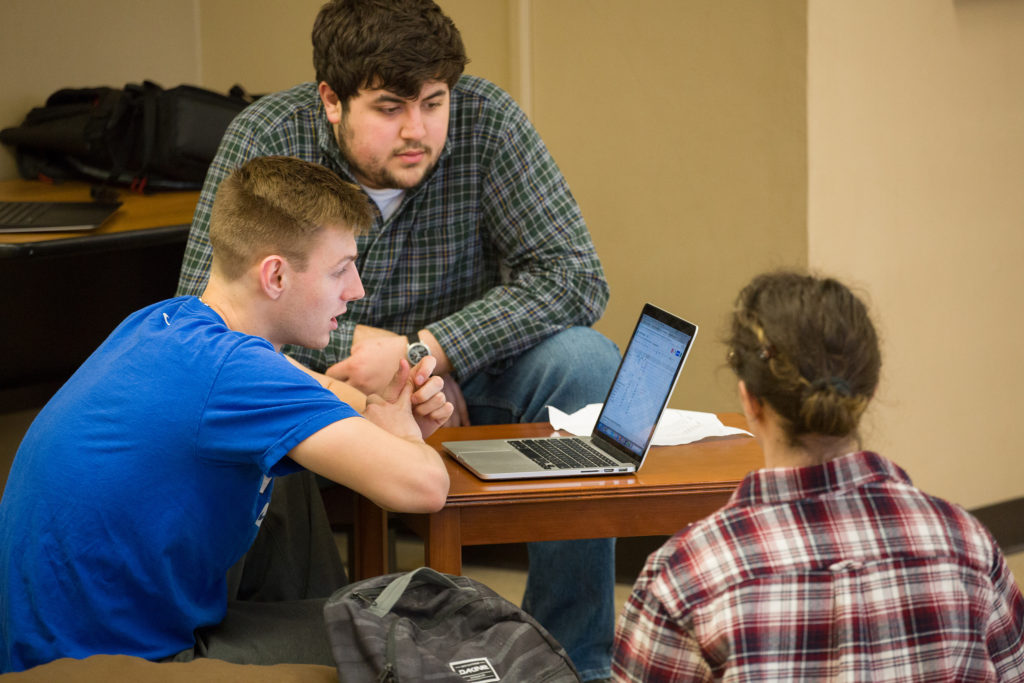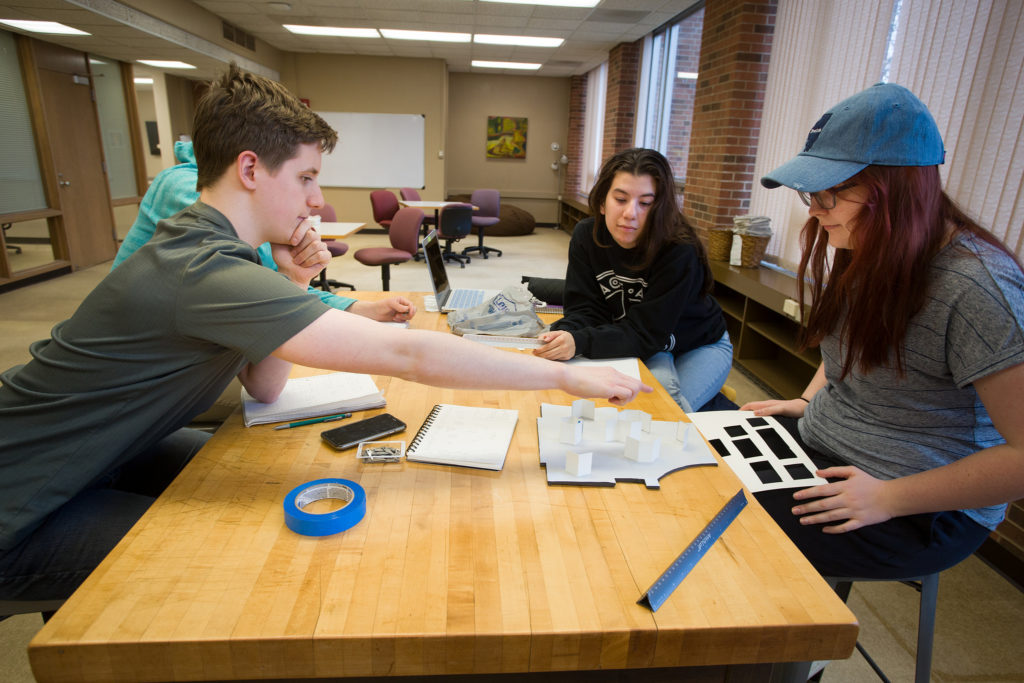Sources in Conversation
SOCC (Source, Observe, Contextualize, and Corroborate) is my [favorite approach to teaching students the practice of primary source analysis]. It offers a [simple], easy-to-remember structure students can apply in class or out of it, individually or in groups, for the purposes of formative assessment or a formal grade.
Yesterday, Jennifer Sessions (a historian of French colonialism at the University of Virginia) asked if there was any way to make the use of SOCC more complicated as the semester progressed. Particularly strong students in her classes picked up the technique quickly, and found it rudimentary after being repeated several times. Other students progressed at a steadier pace.
I loved the challenge implicit in her question – how could SOCC be used to build more and more complicated frameworks for producing historical scholarship without boring strong students or leaving others behind?
While I can’t offer a timetable that will work for everyone – Jennifer and I, for example, teach semesters on the one hand, and trimesters on the other – I can at least suggest three stages of using SOCC. Fiddle with this however you’d like, deciding what will best help your students. Sometimes you’ll need more time in Stage One, and other times you’ll want to extend Stage Three. Trust your own gut when it comes to timing how this unfolds.

Stage One: Formative Assessment
Introduce SOCC as a method of approaching primary source analysis. You can do this in whatever way makes the most sense to you, but I would suggest:
- You do it once, providing heavy input yourself
- You do it twice more, letting the whole group lead
- You assign SOCC as a take-home quiz, providing a source the students have never seen before, and an answer sheet which simply has the words Source, Observe, Contextualize, and Corroborate equally spaced down the left side of the page. I usually tell my students that it takes roughly thirty minutes to do the quiz well, but give them twenty-four hours to complete it. (This means that students with disabilities have ample time to finish the quiz without outing themselves to their peers.) Making the quiz a take-home may mean that students consult textbooks or notes to help them do well. That’s okay. What we’re looking for is the application of their knowledge, not just rote memorization.
- Don’t grade this quiz. Instead, go over answers in the next class.
This is formative assessment, where you provide feedback to help students understand where they did well and where they can be stronger, but don’t attach a grade. Formative assessment can come in all kinds of packages. You could have students compare their answers and then try and come up with A Big Answer, which combines the best of all their efforts. You could have students share their ideas in discussion, and create a set of Big Answers on the board. You could collect in everyone’s answer sheet and provide specific feedback to students, either in writing or during face-to-face conversations where they have a chance to ask questions. Any of these choices would work well in helping students improve their skills.
Stage Two: Grades and Connections
There are a wide variety of approaches to grading, as well as perspectives of when/why grades are necessary. I’m not going to wade into that conversation now. Rather, I’ll just say that if you’re someone who feels that they must grade student work – perhaps because your college or university has regulations about it; perhaps because you feel your students demand it – this is the moment to do so. Offer a couple more quizzes with primary sources that connect to the first sources you worked with. (If you don’t want to grade these, offer formative feedback, as in Stage One.)
When students have turned in their quiz, take 10 minutes to have students write about the connections between the formative quiz sources and the one they just analyzed. Share these in pairs or small groups, or with the whole class if you can. Show them that sources don’t live in isolation, but are in conversation with other sources. Let them see that they’re beginning to see the building blocks of both argument and story-telling.
Stage Three: Papers and Presentations
Let’s say your students have now completed at least four quizzes on a set of connected sources: two formative quizzes and two with feedback that might include a grade. They’re now ready to go deeper.
Have students review their quizzes, and distill down the most important thing they think someone should take away from their analysis. I’ve made a graphic organizer to help structure this – I made it in Word, and have the graphic design skills of your average hamster. But I offer it as a pdf you can give directly to students (below), or as a [Word document] you can tweak yourself and/or make available to students who might want or need to complete things on a computer. (Each rectangle contains a text box.)
Have students put all four sources in conversation with each other. What do the sources suggest about the time and place you’re studying? What secondary material (from lectures, discussions, books, articles, recordings, or objects) might help them corroborate their theory? Finally, ask students to consider where secondary sources contradict or complicate what they have to say, and consider how to respond to those contradictions (other than simply ignoring them).
You now have the basis for a paper – a means to link all the work the students have done, both with you and on their own, articulated as a piece of persuasive writing. This should be the raw material from which an introduction and thesis can be born.
I’ve done something similar to this in my 100-level classes, but this could work at any level, and may be particularly useful to upper-level students researching and writing their first really serious piece of scholarship.
Have fun with the idea! Mess around with it. Ask what this basic plan needs to address the particulars of your student body. Create a different graphic organizer. Do without an organizer and simply have students write for ten minutes on the questions posed. Have conversations – expand the amount of time students work in groups. There are infinite variations of this plan that could be applied to your class. Let me know what works and doesn’t work for you, and I’ll be glad to update this in the future.
And as ever, if this was helpful to you as you think about course planning, consider donating a tip in the [tip jar]!
